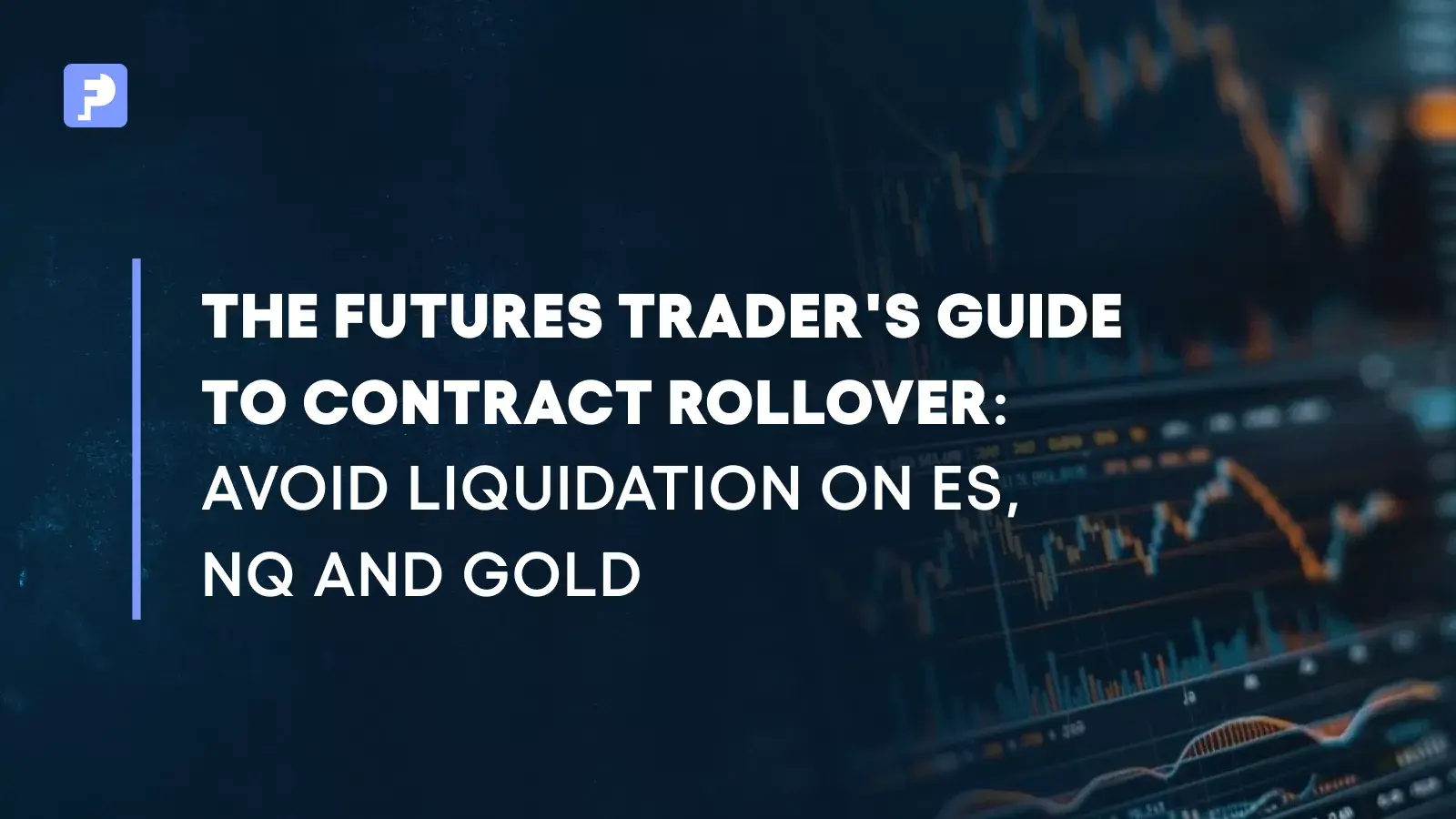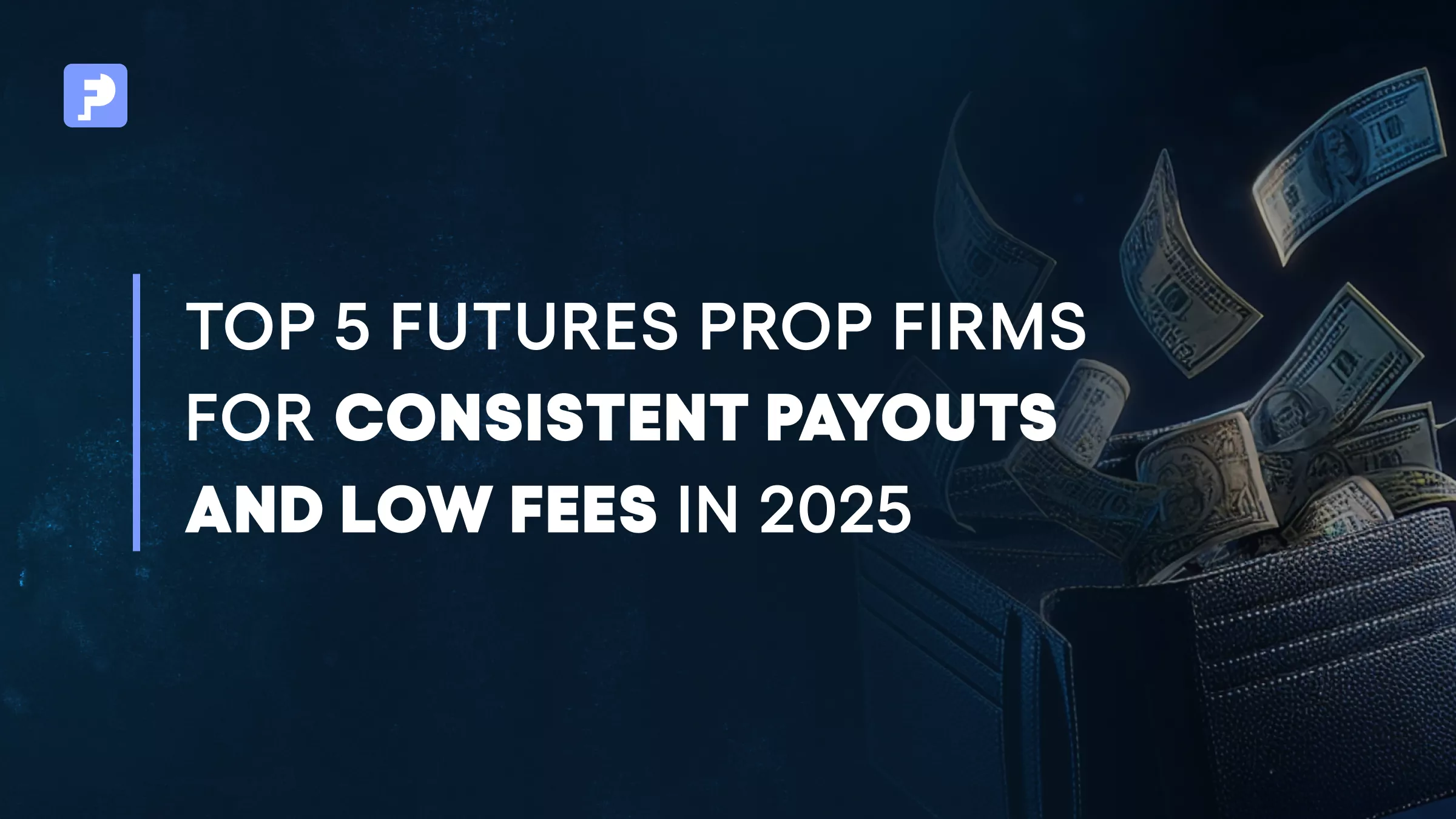
How to Get a Funded Futures Account: A Step-by-Step Guide
A funded futures account is a game changer for traders who want to access significant capital without risking their own money (or for traders that simply want to scale their capital faster). In this article, we’ll explore how prop trading futures and prop firm trading work together to help you succeed. We’ll also dive into key aspects such as evaluation phase trading, trading firm funding, and futures trading rules that every aspiring trader should understand.
Understanding the Basics: Funded Futures Account, Prop Trading Futures & Prop Firm Trading
A funded futures account is an account where a proprietary trading firm provides the capital for trading futures contracts, allowing traders to manage larger positions than they could with personal funds. In prop trading futures, traders use the firm’s money to execute trades. Prop firm trading refers to the overall process and business model where firms offer their capital to skilled traders. This arrangement not only mitigates personal risk but also enables traders to learn and adapt within structured guidelines that eventually lead to long-term profitability.
As Investopedia explains, futures contracts are standardized agreements to buy or sell an asset at a predetermined price. Trading futures requires a deep understanding of market dynamics and strict risk management practices.
Step 1: Research and Select a Reputable Prop Firm
Assessing Trading Firm Funding Options
Begin by researching firms that specialize in providing trading firm funding. Look for companies with a strong track record, transparent evaluation processes, and clear fee structures. At FunderPro we are confident that we are building the best futures prop offer out there. In addition to your own research, you could join Discord servers and talk to people already using the firm.
FunderPro Futures’s server is quite friendly, and people are not afraid to speak their mind. Join the conversation!
Evaluating Reputation and Support
Transparency: Ensure the firm clearly outlines its evaluation criteria, profit-sharing model, and risk management guidelines.
Community and Mentoring: Some prop firms offer mentoring programs and active trading communities, which can be valuable during your learning curve.
Fee Structure: Understand any upfront fees or monthly charges.
Step 2: Meet the Eligibility Requirements
Understanding the Evaluation Phase Trading Process
Most firms require traders to undergo an evaluation phase trading process, which typically involves:
- Simulated Trading: Demonstrating your skills using a demo account to meet specific profit targets.
- Risk Management: Adhering to preset drawdown limits and futures trading rules to protect the firm’s capital. You can read more about risk management here.
- Consistency: Proving that you can generate steady profits over a set period without incurring excessive losses.
By treating the evaluation as real trading, you not only showcase your technical skills but also your ability to manage risk under pressure.
Preparing for Your Evaluation
- Edge: Review your trading strategy and make sure it’s profitable enough to let you pass the challenge.
- Psychology: Remember that every strategy should account for losses, so don’t panic if you have some red trades, trust that your knowledge will bring you back in the green.
- Review the Rules: Familiarize yourself with the firm’s specific futures trading rules to avoid costly mistakes during the evaluation. Specifically, make sure your strategy is likely to keep you above the drawdowns, so you don’t fail.
Step 3: Learn and Follow Futures Trading Rules
Adherence to strict futures trading rules is essential once you secure a funded account. These rules are designed to protect both you and the firm by limiting overtrading and excessive risk-taking. Key points include:
- Position Limits: Maximum allowed exposure per trade or per day.
- Drawdown Limits: Predefined thresholds for losses that must not be exceeded.
- Profit Targets: Specific profit goals that signal when to scale up trading or consider additional funding.
Understanding and respecting these rules can be the difference between scaling your account successfully or facing setbacks that could jeopardize your trading career.
Step 4: Demonstrate Your Trading Skills
If you have treated your evaluation like a cash trading account, once you’ve passed it and secured the account, it’s time to trade with confidence and don’t change your winning approach:
- Implement Your Strategy: Stick to your trading plan and continuously review your performance.
- Manage Risk: Use stop-loss orders and adjust positions to maintain a healthy risk-to-reward ratio.
- Adapt and Learn: The market is ever-changing, so stay informed and be prepared to refine your strategy as needed. For example, you could review how economic releases impact your favorite instrument.
Consistent performance and strict adherence to the guidelines will often lead to scaling opportunities where the firm may provide additional capital or buying power, further enhancing your trading potential.
Step 5: Sign the Agreement and Scale Your Trading
After a successful evaluation and consistent performance, the next step is to sign the final agreement with your prop firm. This agreement outlines profit splits, ongoing obligations, and any fees related to increased capital:
- Profit Sharing: Most firms offer a significant percentage of profits to the trader, at FunderPro you can get up to 80%.
- Scaling Up: As you build a track record of success, many firms will offer more capital or buying power, allowing you to capitalize on larger opportunities. Find FunderPro’s scaling plan here.
- Ongoing Support: Continue to leverage educational resources and mentoring services provided by the firm to further enhance your skills.
Final Tips for Success in Futures Trading
- Continuous Learning: Stay updated on market trends and continually refine your trading strategy.
- Discipline: Follow your trading plan meticulously and do not deviate from the established rules. Avoid “strategy-hopping” just because you have lost a few trades.
- Networking: Engage with fellow traders and mentors to exchange insights and strategies.
By following this step-by-step guide and understanding the fundamental elements of a funded futures account, you can confidently embark on your trading journey with the support of established prop firms. Happy trading!
FAQs
What is a funded futures account?
A funded futures account is a trading account provided by a proprietary trading firm where traders use the firm’s capital to trade futures contracts. This setup allows traders to access larger amounts of capital and potentially higher returns without risking their personal funds.
How do prop firms evaluate traders?
Prop firms typically assess traders through an evaluation phase trading process, where candidates must demonstrate their ability to generate consistent profits while adhering to strict risk management guidelines. This evaluation often involves simulated trading, meeting profit targets, and following established futures trading rules.
What are common trading challenges and how to pass the challenge?
Common challenges include managing risk within drawdown limits, sticking to profit targets, and adapting to rapidly changing market conditions. To pass these challenges, focus on:
- Rigorous adherence to your trading plan
- Continuous practice in simulated environments
- Ongoing education and adjustment of strategies based on market feedback
All trading in FunderPro Futures takes place in a demo-style environment and in off-exchange futures.



